Pyris
Basic Information
Anatomy
Pyris are extremely humanoid other than slight differences. Their ears are slightly pointed and their fingers have hidden claws that retract beneath white fingernails that naturally lift to make room. Physique and size differ greatly among the many breeds of pyris, though they tend to have more narrow shoulders.
Pyris have fangs with a hollow tube that follows the throat and deposits the contents into the esophagus. The fangs are a part of their skull, unlike the rest of their teeth, and are present at birth. They developed to draw blood from pumping veins, and their saliva has a clotting quality that can be used to seal a wound after biting. This made it so that pyris could drink from a living thing without killing it, however, this has changed a lot in the present. Pyris now use their fangs to tear meat or injure when they are threatened, and to drink blood from pre-prepared blood packs. Drinking from a living creature is considered a thing of the past and incredibly vulgar, but lone pyris will do this in the absence of pre-prepared packs.
The bone structure of a pyris is mostly similar to a human's, but there are slight differences that make pyris more flexible. The ends of their fingers are also slightly different because of the retractable claws, which are anatomically very similar to a cat's. The jaw is the largest difference; the 'hinge' is located further towards the center of the upper mandible, near the ears. This and several rearranged muscles allows a pyris' jaw to open two or three inches wider than a human's and clamp down much harder. Their mouths are slightly wider to accommodate for this.
Genetics and Reproduction
Though pyris reproduce the same as humans, their genetics are quite particular, especially when reproducing with species outside of their own. They can reproduce with most humanoid beings on Phantasmer, though they will usually stay within their species. When reproducing with another species, the offspring does not become a mix of pyris or human; they are either pyris or not. Pyris genetics makes it so that any offspring may or may not inherit the pyris gene, and if they do, they are pure pyris with no features to say otherwise.
Growth Rate & Stages
Pyris are long-lived; they take a long time to develop, usually not becoming completely mature until the age of 30. They tend to remain young-looking until the age of 300, where they start aging slowly. Pyris don't die of old age; usually they die of illness or injury.
Ecology and Habitats
Because of their low body temperatures, pyris get cold quite easily and they tend to stay in warmer places towards the equator. Places with plenty of area and wildlife to hunt is often their favorite. Most pyris remain in a coven-state, but loners are not uncommon. Loners are pyris that are not registered to a specific coven-state, and may live alone or in a human city.
Dietary Needs and Habits
Pyris are mainly carnivores but can eat other types of food and often do, for taste. They get most of their nutrients from drinking the blood from their meals through their fangs, which act like straws in order to prick a vein easily. Though they often prefer fresh blood, a fresh kill is easy enough to get blood from. Most pyris get their blood from specially made cups that were made to preserve blood and be bitten into. The blood comes from animals of all sorts; pyris have different tastes for what type of blood they drink.
Because of their carnivorous digestive tract, pyris have difficulties digesting most plant materials. Peeled fruits can be eaten, but anything leafy or fibrous will cause an upset stomach and can cause life-threatening complications. Anything that's well-blended can be digested safely. Their metabolism is very slow, causing lower body-temperatures. They do not need to eat often; small meals once a day is the healthiest, though a large meal can often tide them over for a week at most.
Additional Information
Social Structure
Though sapient and intelligent, pyris have a very instinctive social structure that mostly relies on how one does in a fight. The exception is the head of the pyris; the Regalian. They are chosen from a special bloodline and must pass many tests before they are inducted as the Regalian. Beneath the Regalian is the multiple princalis, who run the coven-states. Otherwise, all pyris decide social order by strength or determined strength. Those who are too weak to protect themselves are often taken in and protected by those who are stronger.
Geographic Origin and Distribution
Pyris are on almost every continent, though they tend to be more located in warmer climates. They get cold easily and will become slow and sluggish if their temperature drops too much. Most pyris live in coven-states; large, walled cities made specifically by pyris. Because pyris have their own laws, coven-states must be maintained like a small country inside a larger one. Pyris government will negotiate with the country government they reside in in order to figure out which laws they have to follow and which can be bent in order to match the pyris' own laws.
Perception and Sensory Capabilities
Different breeds of pyris have many different abilities specific to their species, however there are many things that pyris have in common. Their eyesight is sharper and more accurate than a human's and can see much further and in darkness. Their hearing is more acute than a human's but not by much. Their sense of smell and taste are their most heightened senses; they can smell with their tongue as well as their nose, and can use this to determine a number of things in a person, including illness before symptoms have started.
Civilization and Culture
Naming Traditions
Young pyris (known as fledges) are given fledge-names when they are born, which are often simple nature words. When they turn fifteen years old, fledges undergo a coming-of-age ceremony of sorts, where they hunt alone at night for their first time. Once they've completed this successfully, they are given their hunted-name, which is usually a word in pourii, the pyris' traditional language, that suits them. Once a fledge turns thirty and are officially adult pyris, they receive their chosen-name, which they decide for themselves. When pyris are mated, they choose a family-name that they and their offspring will have. When a pyris' mate dies, the family-name is shortened to mourn them. If both parents die before their child takes a mate, the child is left with no family-name.
In formal settings, pyris refer to each other by their hunted-names as a sign of respect. Family-names are used only in introductions and when referring to the entire family as a way of showing who are your relatives and who you are mated to. Chosen-names are used to identify pyris on a more personal level; often used with friends and family. A fledge-name is used as an identifier until they receive their hunted-name, and their fledge-name becomes more of an endearing term. Fledge-names are shed after they become of age and receive their chosen-name.
Common Fledge-Names: Leaf, Lake, Spring, Sky, Ivy, Bird, Wolf
Common Hunted-Names: Ouhkvei (large hunter), Sceivei (stealthy hunter), Mourhka (quick killer)
Fledge Naming Order: Family-name >> fledge-name >> hunted-name
Adult Naming Order: Family-name >> chosen-name >> hunted-nameCourtship Ideals
When first courting someone, pyris will bring them gifts of food. Pyris are very physical beings and will lean on those they are courting, wrap arms around them, rub face against them, or touch their shoulders and arms often. They spend time alone together, talking and discussing things they enjoy or dislike to get to know each other. Harmless fighting matches are common and mostly involve leaning against each other and trying to throw the other off balance, or wrestling. A tradition known as hkautei is performed once pyris decide they wish to formally enter a relationship with each other. Hkautei traditionally involves both pyris hunting food by hand and feeding each other. Pyris tend to be aggressive over their food, so feeding one another is considered the first step to building trust needed for a relationship.
Relationship Ideals
Once two pyris are officially in a relationship and dating, they spend a lot of time together. There's a lot of snuggling, and touching hair is considered a pleasant way to show affection; along the lines of a kiss or a close hug. Giving hair a harmless tug is more intimate but can still be done in public without backlash. Pyris will mostly likely begin initiating in intercourse at this time as well, though casual sex is not unusual with friends. A couple will support each other through mostly small gestures, as large ones are considered rude too early in the relationship. Couples will often avoid each other if one is ill if they're in a new relationship, whereas older relationships will support each other in times such as those. Gifts of food and trinkets are usual even if they are not often.
Pyris are territorial and possessive beings, and this can translate into their relationships. Pyris that become mated are completely and intensely together. They become two parts to one whole, which is why courting and dating both can last years for most pyris. Mated pyris are comfortably dependent on one another, and trust each other completely. They are protective of their mates and will begin producing gutteral, almost growl-like sounds from deep in their throat at a perceived threat. Their mate can soothe them with a similar, softer sound, similar to a low purr. When ill, pyris mates will remain together until both are assuredly healthy again. Leaving one's mate while they are ill, while not illegal, is a mortifying offense. Pyris find comfort in their mates; trust, love, honesty, and respect are the basis for their relationship, and this leads to strong ties and long love.
Major Language Groups and Dialects
All pyris speak pourii and navitali.
Common Etiquette Rules
Pyris are quite observant and this leads to a lot of communication through body language. For those unaware, it can be quite easy to offend a pyris. Staring too long at one's throat is considered lewd, as is tugging hair. Baring fangs is often a threat, which can be mistaken for smiling if not for the growling sounds pyris make. It's polite to introduce oneself by one's full name and pronouns, and call other Pyris by their hunted-name. A physical greeting is often done by bowing very slightly. When greeting a princalis one bows low, and when greeting the Regalian, pyris should bend to one knee and bow their heads.
History
The pyris species originally arose before the rise of technology from the first twelve pyris, who were thought to be created from essences by a stzozan. Most of the pyris found human lovers and produced even more pyris with them. Several pyris paired off with each other, and from them the first Regalian bloodline was created. The bloodline is very rarely crossed with a human ancestor; any pyris that has a human ancestor within three generations are usually not considered far enough removed from human blood to mate with a Regalian. Because of this, the Regalian became the 'true' example of the species. Because of their undiluted genes, the Regalian bloodline has evolved to be more powerful and much more dangerous than any other pyris.
The first Regalian to rule alone appointed princalis in order to keep control of the territories they owned. At this point, humans lived in general fear of pyris, and pyris mostly kept to themselves. As technology rose, pyris territory began to be contended for by humans, who were multiplying faster than pyris. Soon territories were being attacked, and skirmished broke out on borders that had been kept for centuries. Technology continued to surge forward, and pyris were forced back further and further until it became obvious that they would risk extinction if they were not careful. To try and come to an agreement, the Regalian approached the humans and offered a deal to give some land up in exchange for regular trading routes. In their fear and arrogance, the humans refused, and attempted to kill the Regalian. She was gravely injured in the fight, and died of her injuries soon after they returned home.
The death of their Regalian was a shock for the pyris, and led to her young offspring becoming Regalian far too early. Because the young Regalian was unable to rule at his young age, his father took up leading the pyris, who were crying for blood at the death of their beloved Regalian. He obliged, and a full-out war was waged against the humans. In their rage, the pyris nearly took over the entire continent, pushing humanity back into one last city, where the leader was killed. The new leader called for peace, and soon made a deal with the pyris to attempt living in harmony.
The humans and pyris slowly began trading and reestablishing their territories. Humans began spreading rapidly again, and pyris were left to their devices. As human numbers rose, the now of age Regalian called for territories to be traded away as long as pyris had permission to hunt non-farmed animals in these territories. Soon humans and pyris found an equilibrium, and pyris began adapting technology as well. Soon enough, pyris created large, sprawling cities and territories that were walled off to show they would not be trading away anymore land. They were comfortable with the population size and the amount of space they had, as were the humans, who dared not cause another war with the pyris. Because of the spread out nature of the coven-states, the Regalian negotiated for each coven-state to obey the laws of the country they resided in, as long as their own basic rights and cultural rules were respected.
Interspecies Relations and Assumptions
Pyris are generally quite feared by most humans, but there is a ginger truce between them as pyris desire to be left alone and humans desire to not be killed by these stronger creatures. Pyris do have a good relationship with essences, who are friendly to most other creatures as well. Certain other beings like the braevoir are considered one of the pyris' most hated enemies.


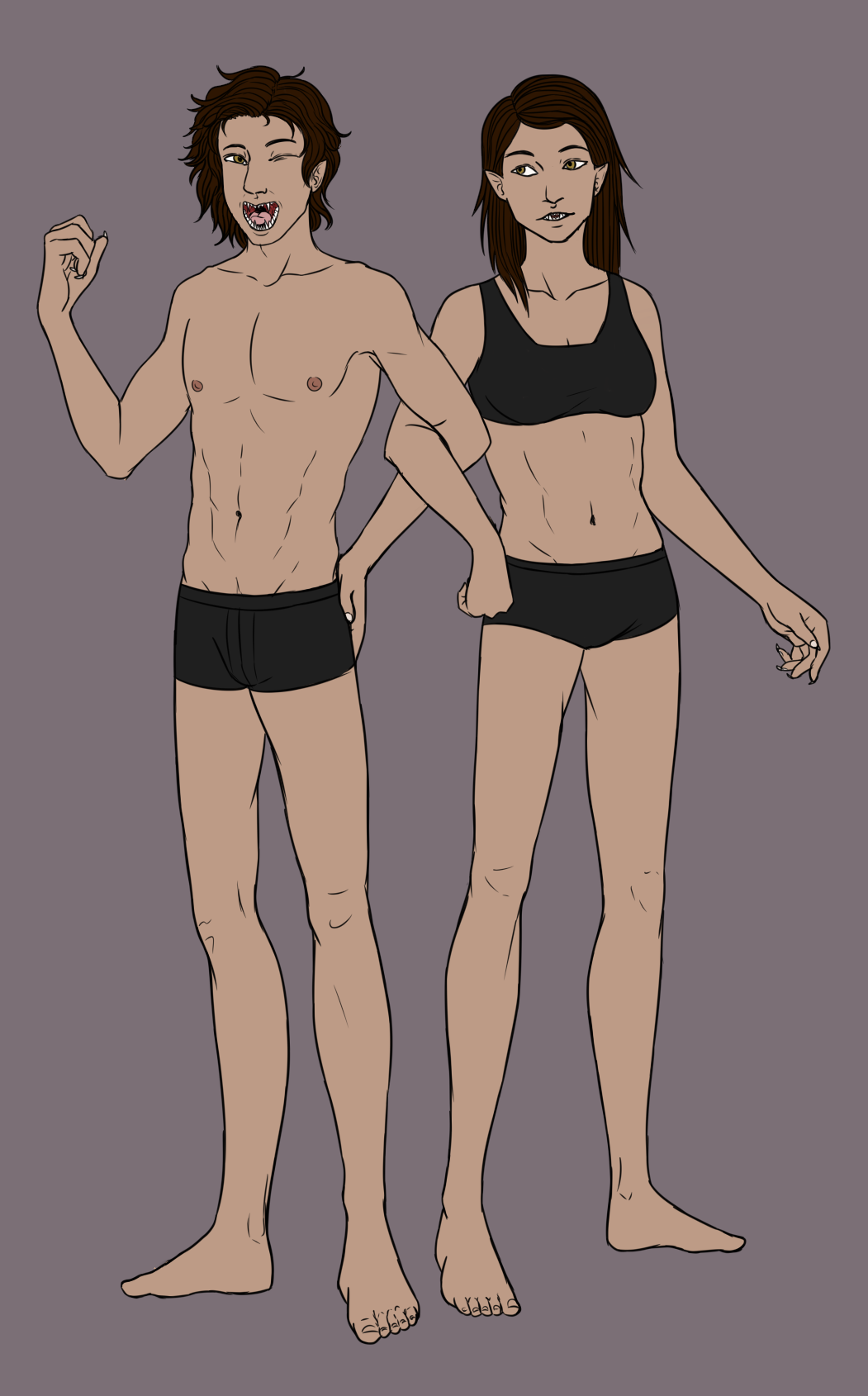
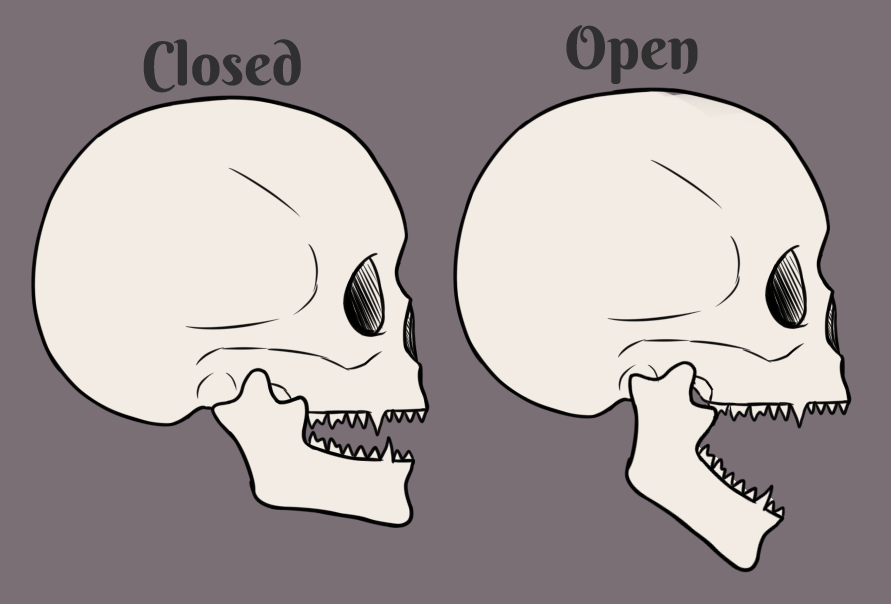
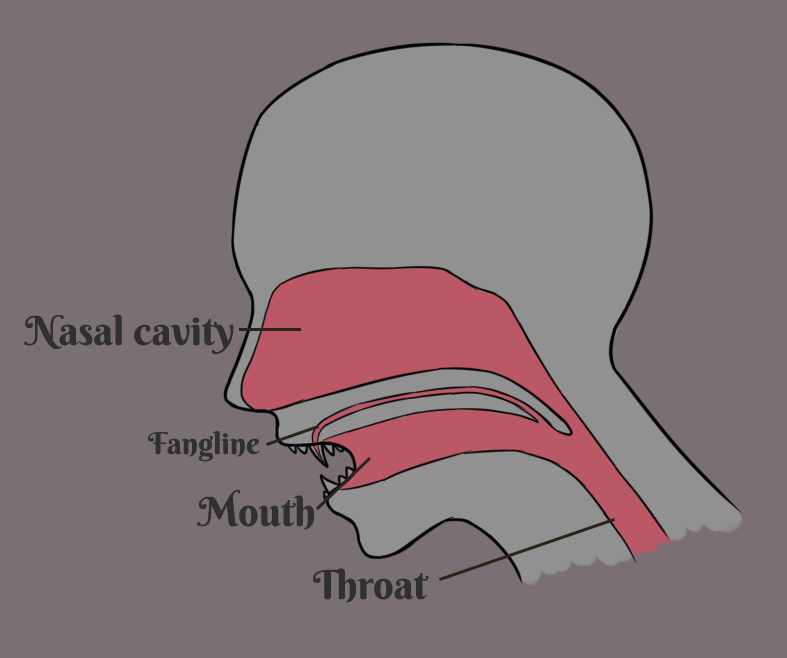

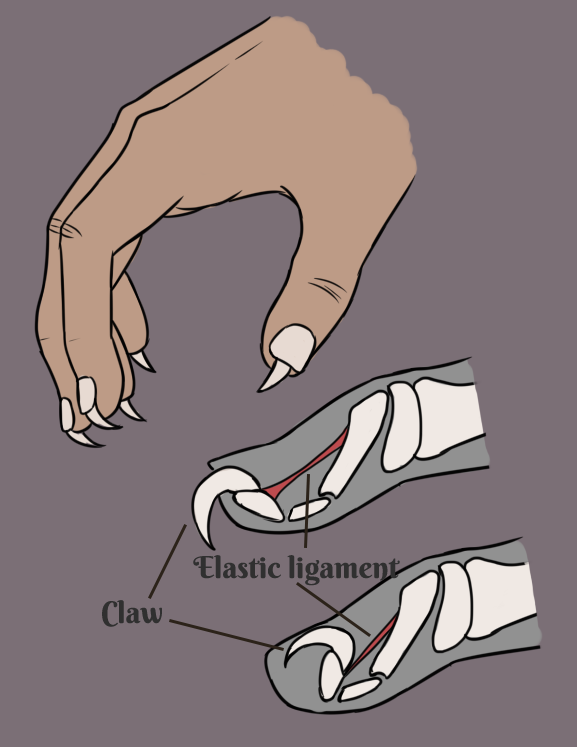
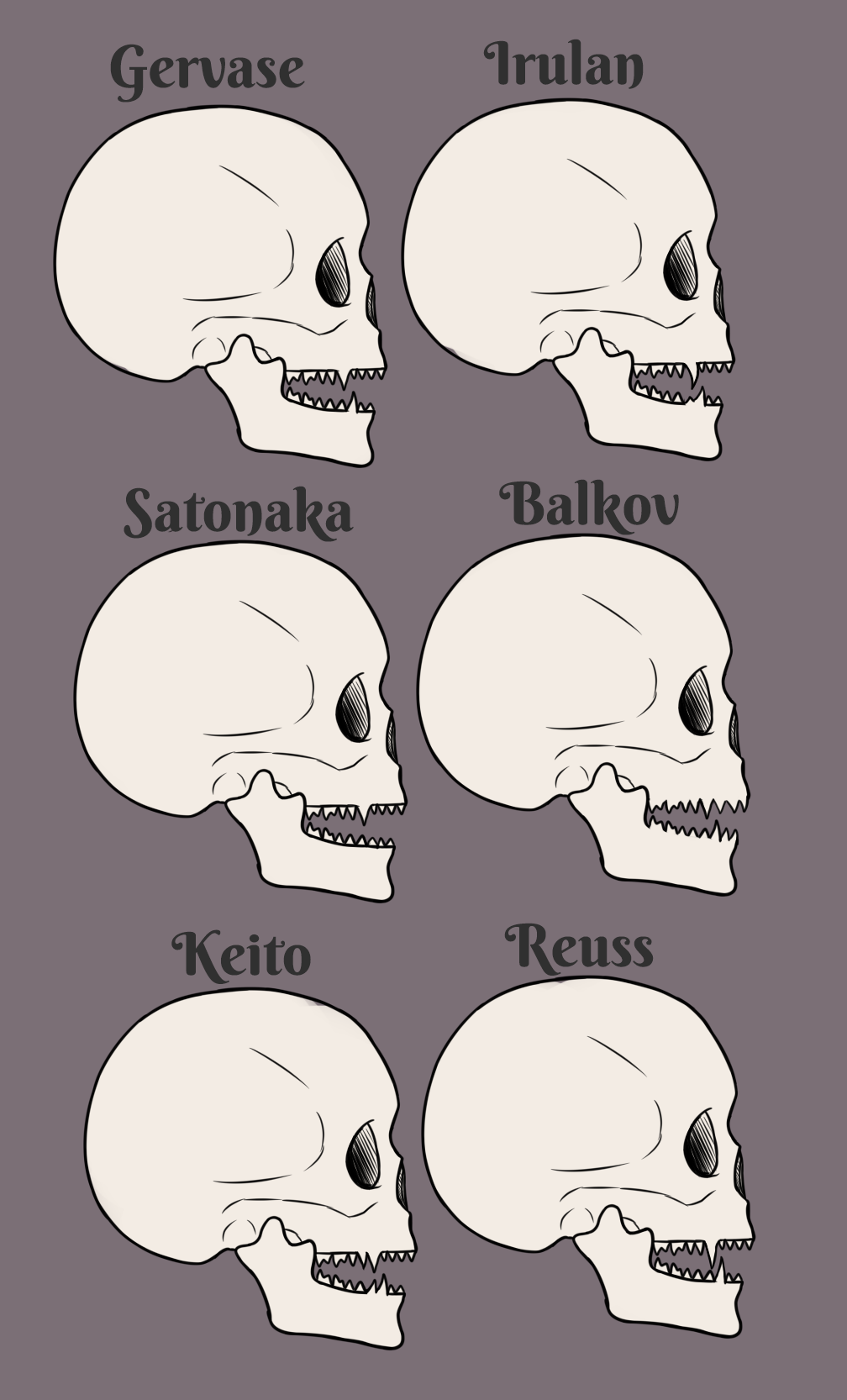


Comments